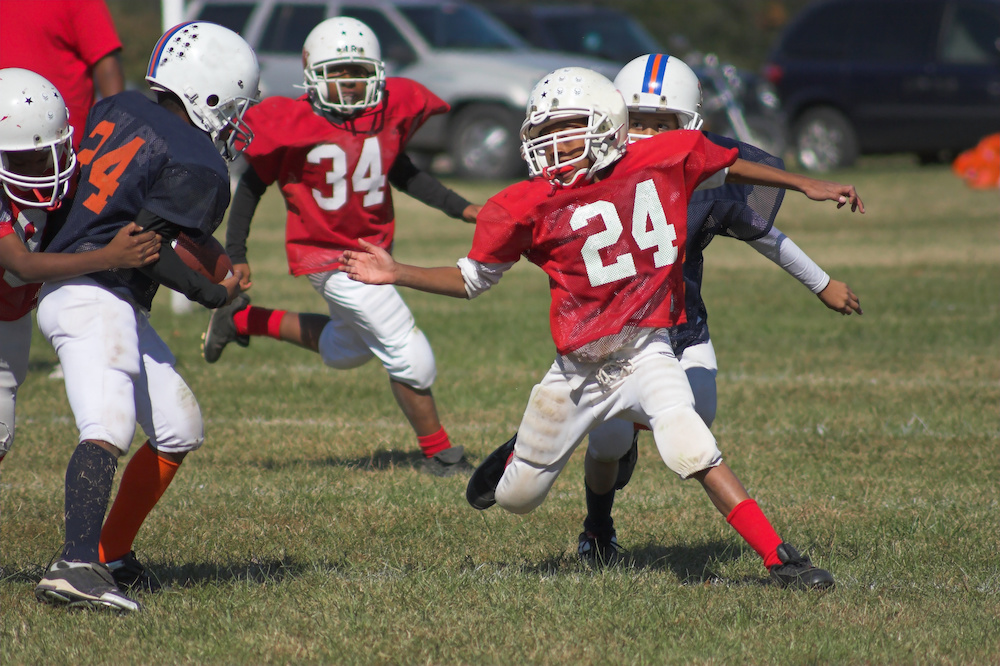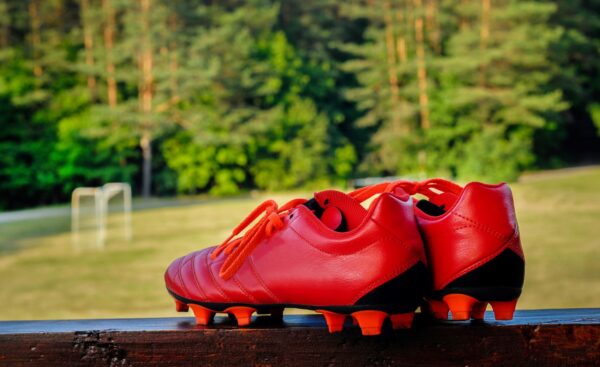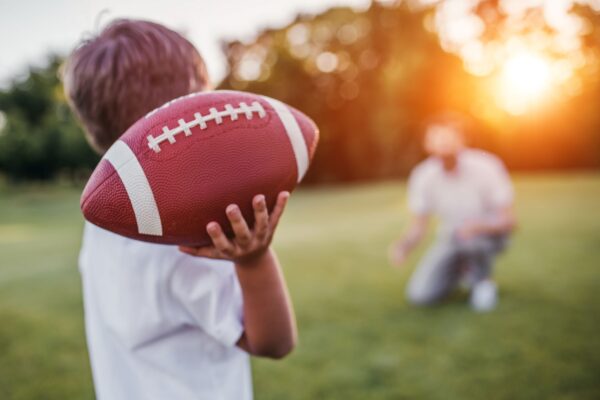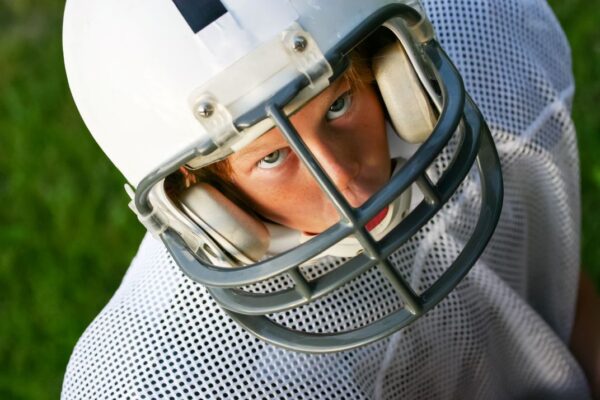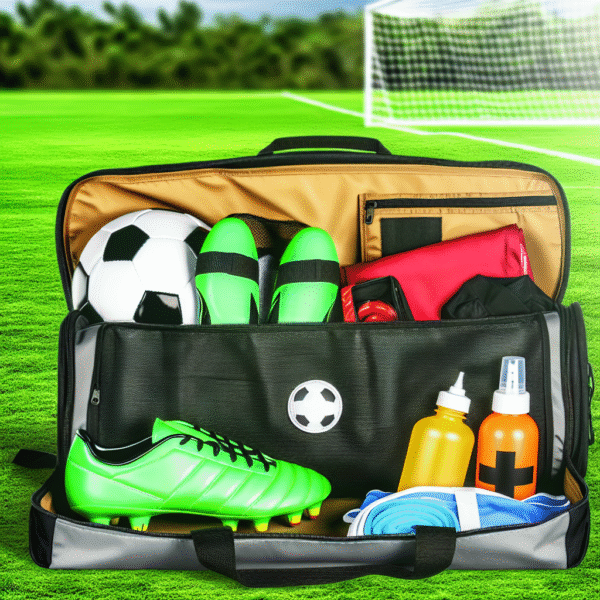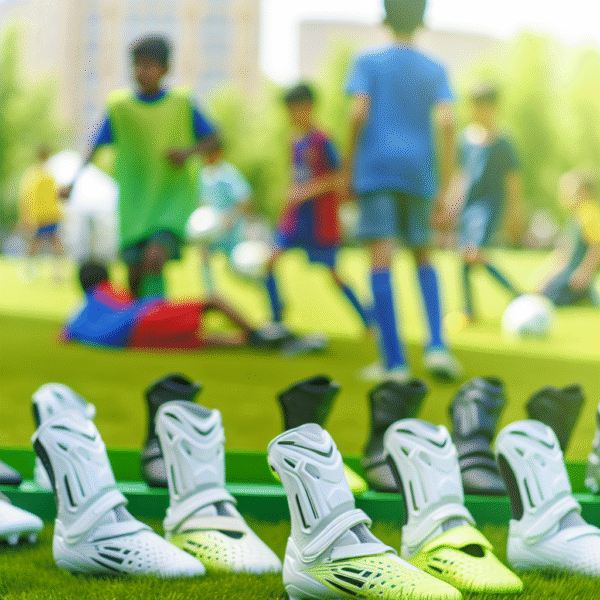Youth football is one of the most popular sports in the country—and for good reason. It builds character, discipline, teamwork, and lifelong friendships. But let’s be real: it’s also a contact sport, and that means injuries are a risk. The good news? You can absolutely take steps to reduce that risk and make the game safer for young athletes.
Whether you’re a coach, parent, or league organizer, understanding how to reduce youth football injuries is essential to protecting players and promoting long-term success. In this guide, we’ll break down the strategies that matter most—from proper equipment and coaching to field conditions, concussion protocols, and beyond.
Let’s create a safer game—starting with education and awareness.
Start with Smart Coaching and Proper Technique
Good coaching isn’t just about winning games—it’s about teaching the game the right way.
What Coaches Should Prioritize:
-
Teach Fundamentals: Safe tackling, blocking, and positioning should be non-negotiable. Players should learn how to hit and absorb contact properly.
-
Avoid Head-First Contact: Emphasize “heads-up” tackling and keep the helmet out of the play.
-
Stay Certified: Coaches should complete training in first aid, CPR, concussion recognition, and updated safety protocols.
-
Reinforce Good Habits: Coaches set the tone. Make safety a key part of every practice and game plan.
If you’re a coach, remember—how you teach today impacts a young athlete’s health for years to come.
Warm-Up, Conditioning, and Recovery Matter
Most non-contact injuries in youth football happen due to poor preparation. That’s where conditioning and warm-ups come into play.
Injury Prevention Through Preparation:
-
Dynamic Warm-Ups: Light jogging, high knees, leg swings, and mobility drills prepare muscles for action.
-
Strength and Flexibility Training: Incorporate age-appropriate exercises that build neck, core, and leg strength.
-
Offseason Conditioning: Don’t wait until tryouts to start training. Maintaining fitness helps reduce early-season strains.
-
Rest and Recovery: Overuse injuries are common. Ensure players are getting proper rest and aren’t pushed beyond their limits.
A healthy warm-up routine can dramatically cut down soft-tissue injuries and help players stay in the game longer.
Gear Check: Proper Equipment Is a Must
Even with the best coaching, poor equipment can undo all your safety efforts.
Essential Gear Guidelines:
-
Helmet Fit: Helmets must be snug, secure, and certified. Chinstraps should be tight, and the helmet shouldn’t shift when moved.
-
Shoulder Pads: Should cover the collarbone without limiting mobility. Pads must match the player’s size and position.
-
Mouthguards: These should be worn at all times. Molded mouthguards offer better fit and protection.
-
Check for Wear and Tear: Gear should be inspected before every season and replaced if damaged.
Players grow quickly. That means last year’s equipment might not fit this year. Don’t assume—check and confirm.
Enforce Rules and Encourage Fair Play
Football rules exist for a reason: to protect players and keep the game clean.
How to Keep Things Safe:
-
Call Dangerous Plays Immediately: Helmet-to-helmet hits, late tackles, and chop blocks should be penalized every time.
-
Reward Good Sportsmanship: Make “play hard, play fair” part of your team’s identity.
-
Size-Matched Teams: Organize youth teams by size and skill level—not just by age—to prevent dangerous mismatches.
Football is physical, but it doesn’t have to be reckless. When coaches and referees enforce the rules, players learn to compete safely.
Address Concussions and Head Injuries the Right Way
Concussions are one of the most serious risks in youth football. But handled properly, many of these injuries are manageable and even preventable.
What You Need to Know:
-
Know the Signs: Headache, dizziness, confusion, blurred vision, or sensitivity to light could all signal a concussion.
-
Use Baseline Testing: Preseason testing helps identify concussion symptoms more accurately.
-
Follow Protocols: No athlete should return to play without medical clearance. Use a gradual return-to-play protocol after any concussion.
-
Encourage Honesty: Kids won’t always admit when something’s wrong. Build a culture of openness and trust.
Concussion education isn’t just for coaches—it’s for parents and players too.
Keep the Playing Field Safe
Sometimes, the danger is right under your feet. Literally.
Field Safety Checklist:
-
Level Playing Surface: Fill in holes and check for loose turf or rocks.
-
Proper Lighting: Evening practices and games should be well-lit to avoid collisions and missteps.
-
Safe Weather Practices: Follow heat index guidelines, allow water breaks, and never practice in lightning.
When the environment is safe, the risk of injury drops significantly—especially in youth leagues.
Know What to Do When Injuries Happen
Even with all precautions, injuries can still occur. How you respond makes all the difference.
Be Prepared:
-
Keep a First Aid Kit on Hand: Include ice packs, gauze, tape, antiseptics, and gloves.
-
Have a Certified Athletic Trainer (If Possible): On-site medical professionals are a game-changer in youth sports.
-
Know Emergency Procedures: Make sure coaches and volunteers are trained in CPR and basic first aid.
-
Stay in Contact with Parents: Keep families in the loop on injuries, treatments, and return-to-play decisions.
Timely, appropriate care helps ensure minor injuries don’t become major problems.
Education, Communication, and Culture
The best way to reduce youth football injuries is through a shared commitment to safety from everyone involved.
Tips to Keep the Whole Team Aligned:
-
Hold Safety Meetings: Invite parents and players to learn about injury prevention, equipment checks, and concussion protocols.
-
Distribute Resources: Share printouts or links to trusted guides from USA Football, CDC, or local medical professionals.
-
Stay Transparent: Let families know your safety plan and how you’re enforcing it.
A well-informed team community creates a safer playing environment across the board.
Reduce Risk, Elevate the Game
Reducing youth football injuries isn’t about taking the fun out of the game—it’s about making sure kids get to enjoy football for years to come. Safety isn’t a one-time checklist—it’s a mindset, a practice, and a culture.
By committing to proper coaching, conditioning, equipment, and communication, we can make football safer and more rewarding for every player. Let’s work together to protect what matters most: our kids’ health and their love for the game.
Reducing youth football injuries starts with smart coaching, good habits, and a team-wide focus on safety. With the right knowledge and approach, we can protect players and help them enjoy the game with confidence. To further support your team’s development, take a look at our guide on How to Throw a Perfect Football Spiral and help your athletes build skill the safe and effective way.

